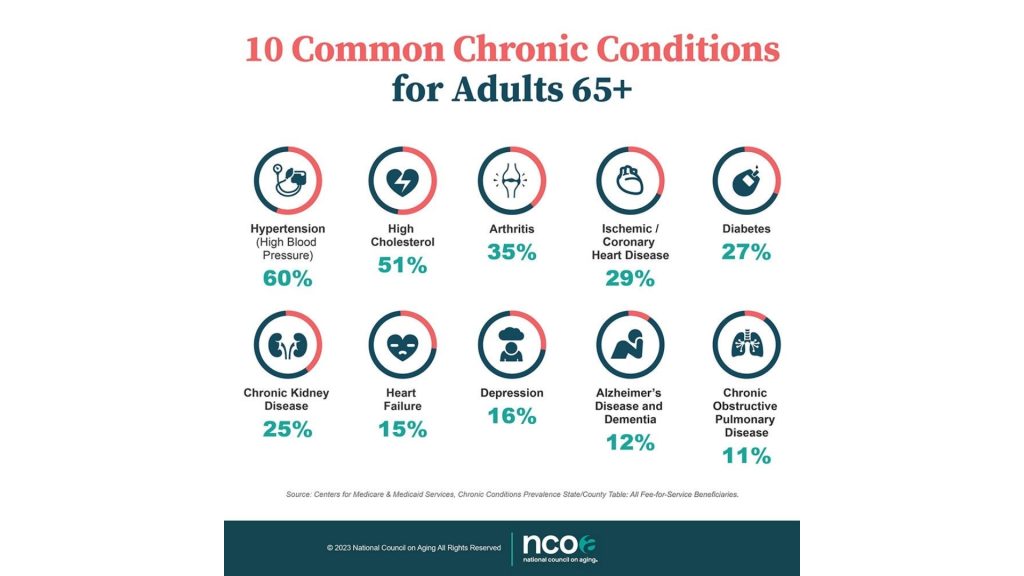A lethal bacterial infection originating in Japan is rapidly spreading, causing heightened concern. Cases of Streptococcal Toxic Shock Syndrome (STSS) have already exceeded last year’s total, with 378 cases reported in just the first two months of this year compared to 941 cases for all of 2023.
The disease has been confirmed in nearly all of Japan’s 47 prefectures and has an alarming 30% fatality rate. Health officials worry that COVID-19 may have weakened immune systems, contributing to this year’s sharp increase.
Japan Faces Rising Threat from Fatal Infection
The lethal infectious disease known as Streptococcal Toxic Shock Syndrome (STSS) continues to spread rapidly throughout Japan, causing significant concern.

As of February, there have already been 378 reported cases of STSS, exceeding last year’s total of 941 cases, according to Japan’s National Institute of Infectious Diseases (NIID). The fatality rate of STSS is approximately 30%, especially threatening vulnerable groups like the elderly.
Widespread Geographic Spread
Cases of STSS have now been confirmed in 45 of Japan’s 47 prefectures, indicating widespread geographic spread.

About a third of STSS patients under 50 died last year, raising concerns even among younger populations. Streptococcus pyogenes bacteria cause STSS and is typically transmitted through airborne droplets, direct contact, or open wounds.
Difficulty Detecting and Containing
STSS often initially presents with symptoms similar to the common cold, making it difficult to detect and contain. The disease can then progress rapidly into more severe conditions like sepsis, pneumonia, organ failure, and tissue necrosis if left untreated.

Because STSS is highly contagious, this difficulty in detecting the disease early allows it to spread widely before public health interventions can be implemented.
Urgent Preventive Action Needed
According to Professor Kikuchi Ken of Tokyo Women’s Medical University, changes in population immunity due to COVID-19 may have contributed to the sharp rise in STSS cases this year.

Preventive measures like hand washing, cough etiquette, and medical treatment are critical to slowing the spread of this lethal disease.
Understanding Streptococcal Toxic Shock Syndrome (STSS)
Streptococcal Toxic Shock Syndrome (STSS) is an acute, rapidly progressing illness caused by toxins produced by Streptococcus pyogenes bacteria.

The disease is characterized by shock and organ failure and has a high fatality rate. Unlike regular strep throat, STSS is considered an invasive disease caused by Streptococcus pyogenes that causes severe symptoms.
How STSS Spreads
STSS is transmitted through direct contact with respiratory droplets from an infected person or by direct contact with infected wounds or sores on the skin.

The disease initially causes symptoms similar to the common cold, including sore throat, fever, and muscle aches. However, the infection can rapidly progress to more severe symptoms like low blood pressure, shock, and organ failure.
Diagnosis and Aggressive Treatment Is the Way To Go
With prompt diagnosis and aggressive treatment, the mortality rate for STSS can be reduced to under 10%.

However, due to the virulence of the infection, some patients may not respond to treatment and ultimately succumb to organ failure or other complications.
Why STSS Poses a Particular Threat
Approximately 30% of STSS patients under 50 years of age in Japan died from the disease last year, highlighting the risks for younger populations.

While STSS is commonly thought of as a bacterial infection that causes sore throats in children, it can develop into life-threatening conditions like sepsis, pneumonia, and organ failure in adults over 30.
Who Is Most at Risk From This Deadly Infection?
According to medical experts, certain populations are more susceptible to developing life-threatening complications from STSS.

Elderly individuals, especially those over 65 years of age, have the highest risk of mortality from STSS. Their weakened immune systems make them less able to fight off the bacterial infection, allowing it to progress rapidly into sepsis and organ failure.
Infants and Young Children Are Also Vulnerable
Infants and young children are also particularly vulnerable to STSS. Their underdeveloped immune systems provide little defense against streptococcal bacteria.

Children under five years of age accounted for 22% of STSS cases in Japan last year, with a fatality rate of 28% in this age group.
Anyone With Chronic Medical Conditions is Vulnerable
Individuals with chronic medical conditions like diabetes, cancer, and heart disease face a higher likelihood of mortality from STSS.

These conditions weaken the body’s ability to respond to infections and increase the risk of life-threatening complications.
How To Avoid STSS?
To prevent the spread of STSS, the following precautions should be taken:

· Practice good hygiene, such as frequent hand washing and coughing/sneezing etiquette.
· Avoid close contact with people who are sick.
· Clean and disinfect commonly touched surfaces in the home, workplace and schools.
· Stay home if you are sick.
· Consult a doctor about streptococcal vaccines.
· Monitor symptoms carefully.
When Should Patients Seek Medical Attention
Patients should seek immediate medical care if they experience the following severe or worsening symptoms:

· High fever (over 101.5°F or 38.6°C) that does not improve with over-the-counter medications
· Severe pain in the throat, chest, abdomen, or pelvic area
· Nausea, vomiting, or diarrhea
· Difficulty breathing or shortness of breath
· Confusion or altered mental status
· Rash, especially if the rash is purple or red and does not fade when pressed upon
Treatment Options for STSS
The treatment for STSS primarily involves hospitalization and the administration of antibiotics to fight the streptococcal infection.

Patients are usually treated with penicillin or a penicillin alternative if they are allergic. According to medical experts, penicillin G is typically used intravenously at high doses for at least two weeks. In some cases, patients may require additional medications.





GIPHY App Key not set. Please check settings